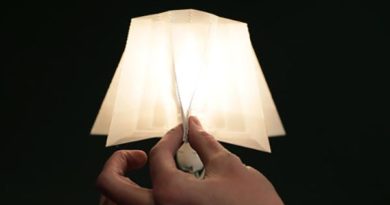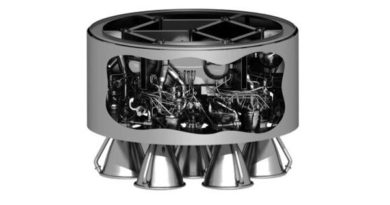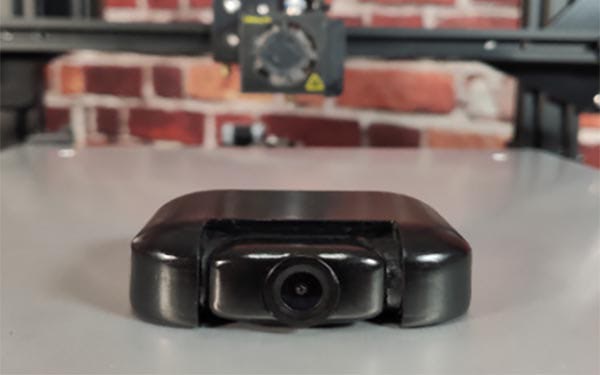NASA Funded Project Successfully DEDs GRCop-42 Copper Alloy
![]()
Additive Manufacturing and copper have both been finding a friend in the space industry recently, particularly in the domain of rocket engines. We have seen multiple examples this year of 3D printed rocket engines from a variety of private and government agencies, in a variety of alloys and from a variety of 3D printing methods.
For the most part, the 3D printed copper engines have been printed with powder bed fusion (PBF) techniques. Some researchers have even managed to fuse copper powder with other alloys, producing bi-metallic structures. One of the issues with powder bed fusion is the scale, and one of the ways NASA have overcome this issue of scale is by switching to Directed Energy Deposition (DED), as we saw in this article last week.
A team of researchers at South Dakota State University (SDSU) have now managed to print the GRCop-42 copper alloy with DED for the first time, thus paving the way for large 3D printed copper combustion chambers/liners.
What is GRCop-42?
GRCop-42 is a copper/chromium/niobium alloy that was developed initially by NASA as a feedstock for powder bed fusion printing. Copper is preferred due to its high thermal conductivity and this alloy in particular has excellent creep resistance, low cycle fatigue life and retains its strength at high temperature.
All of these properties are particularly valuable for rocket engine components such as fuel injector faces and combustion chamber linings.
Having successfully printed nearly fully dense components with GRCop-42 using Powder Bed Fusion, NASA has been funding research at SDSU to print with DED with the aim of scaling up the components.
The image below shows the previous GRCop-42 combustion chamber, printed with PBF. Note the cooling channels printed into the structure, where liquid hydrogen flows to keep the jacket cool.

Cooling channels on the nozzle (Image credit: NASA)
“We have the first parts ever made using directed energy deposition of GRCop-42—they have never been tested anywhere else,” said Todd Letcher, Associate Professor at SDSU.
“We are also helping build a database of material properties of additively manufactured GRCop made using different processes,” said Assistant Professor Anamika Prasad.
Alloys consist of different component elements, in the case of GRCop-42, the strength at high temperature comes from the chromium and niobium in the alloy.
However, these two components have a tendency to elongate as they cool and can cause unpredictable voids. This is a problem during powder bed fusion processes- a problem which is minimised with DED. The team has found that by using DED this effect is reduced and so they can produce nearly fully dense parts.
So those are the takeaway points from this article:
With DED, you can print bigger than with powder bed fusion, and certain alloys can see gains in density compared to that method.
Does this apply to other alloys too? Time will tell. But for now, NASA seems to be embracing the larger scales allowed by DED.
Original Source: https://3dprinting.com/metal/nasa-funded-project-successfully-deds-grcop-42-copper-alloy/


